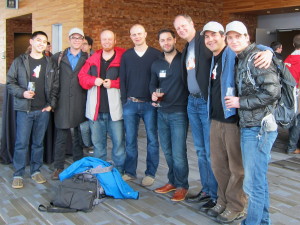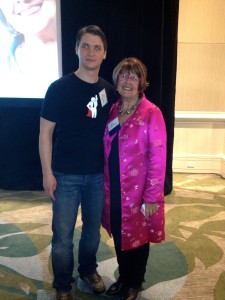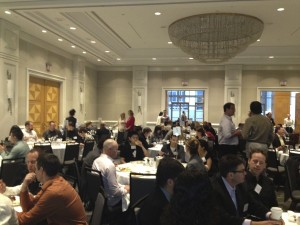This week, Mike and I (Adam) attended an Customer Service education event in Vancouver hosted by Zendesk.
Zendesk is the leading cloud-based customer service software solution. More than 25,000 companies such as Gilt Groupe, Box, and Disney are using Zendesk to lower their support costs, raise productivity, and increase customer satisfaction. Loved by both service teams and their customers for its beautifully simple interface, Zendesk is easy to try, buy, implement, and use.
We have been using Zendesk for over a year now with much success, but we know there is always room for improvement when it comes to communication in customer service and communication within our teams. Our goal was learn more about how to use Zendesk for our customer support and to meet other Zendesk users to share and learn with them.

The event was a full house, with most participants following along on their device of choice: laptop, ipad, smartphone or just plain old eyes and ears! In attendance were companies of all sizes, including start-up tech companies like ours.

Mike, Adam & Bryan with Avandi from Volo
We met Avandi from Volo, a local start up – they have built software for the Fitness Industry including online scheduling, billing, lead & member management, automated work flows, POS, reporting, and payroll in one system.

Adam and Brandon Knapp (Customer Advocate at zendesk.com and the instructor for the event.)
Living in Whistler, we are well-versed in the term “Après” and always enjoy the socializing and networking that comes after an event with other startups and tech companies! Here we are at the Mix and mingle (aka après!) after class. From left to right, Bryan from Ubertor, Jack and Keith from RideBooker.com, Bart and Alex from advisorwebsites.com, J.D. Peterson (Vice President, Product Marketing) at Zendesk.com, Mike and Adam from PayrollHero.com.

Après. As all good events should have!
All in all, it was a great use of our time. When you can combine learning, inspiration, and networking with like-minded business-people, it’s been a good day.
Check back to see our follow up posts on Customer Service Analytics, How we are using Zendesk Automations and Triggers to help with our business processes.







